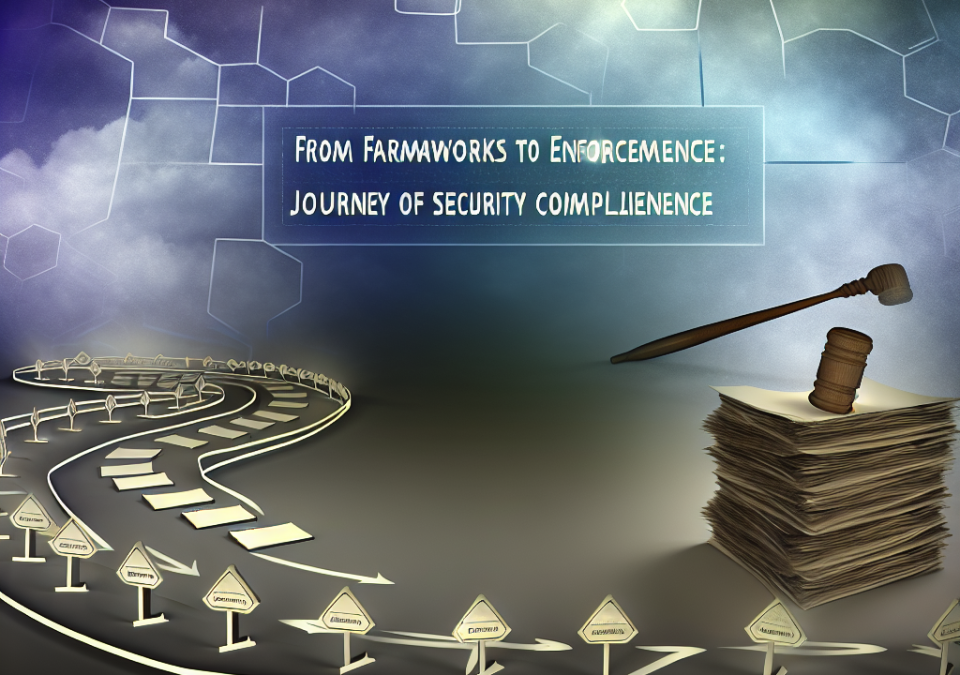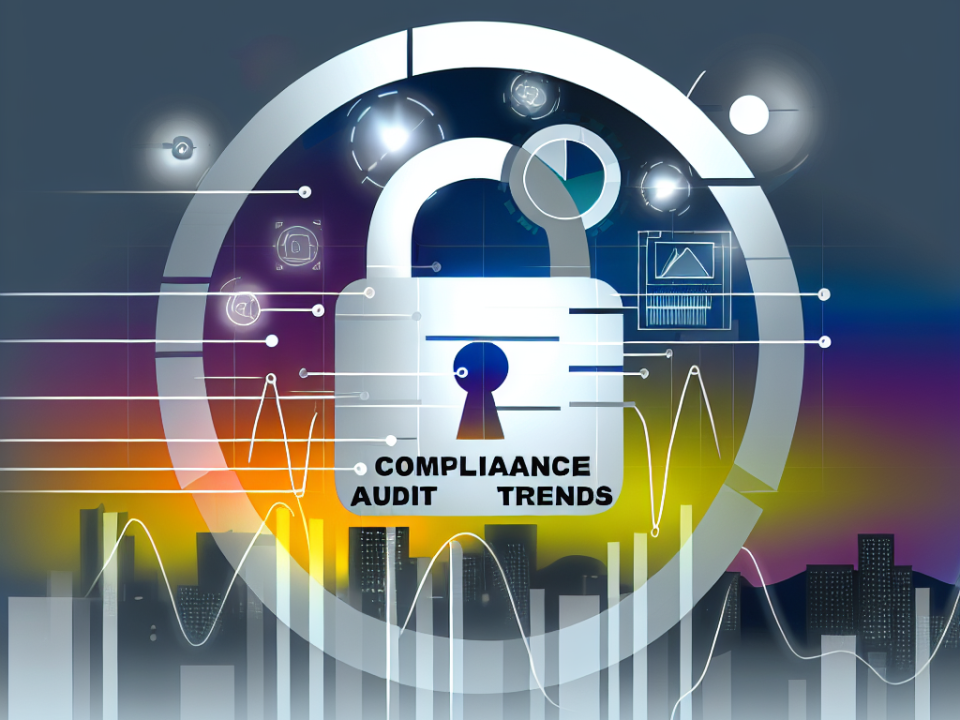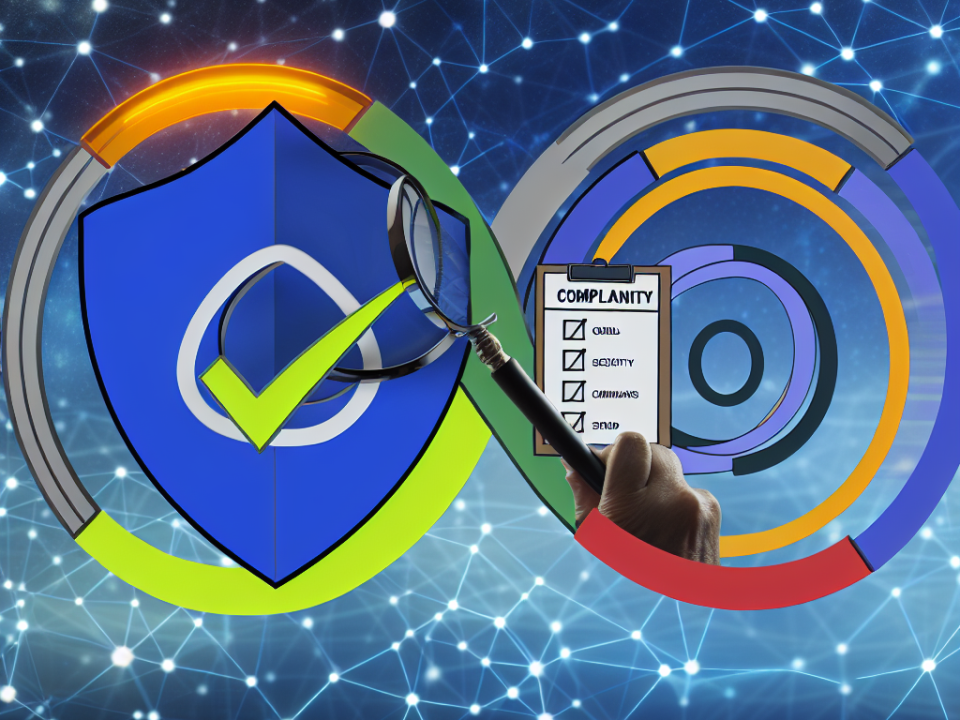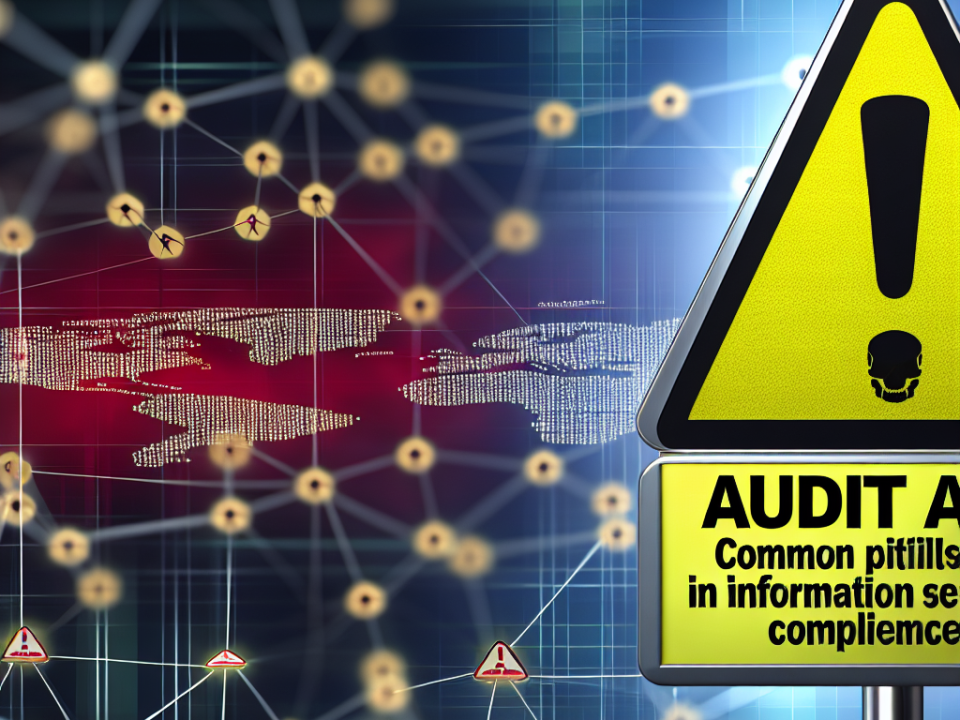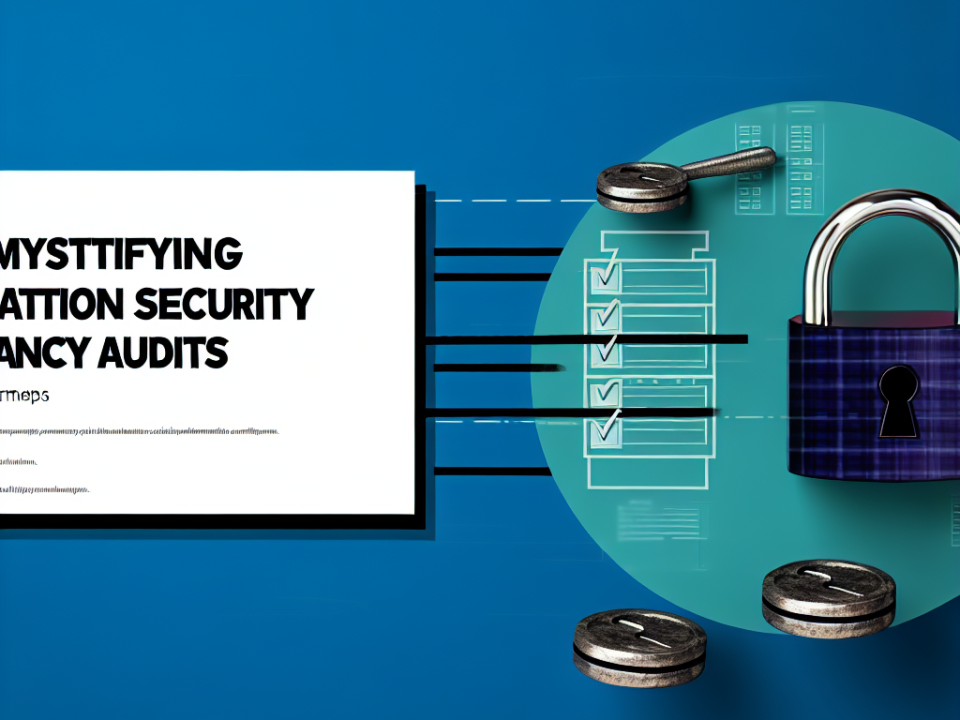
AI & Cybersecurity: The Double-Edged Sword Shaping Our Digital Future
July 22, 2025
Emerging Threats: What the Future Holds for Cybersecurity in a Hyper-Connected World
July 23, 2025
In today’s digital age, where cyber threats loom large and data breaches can cripple businesses, the importance of security compliance cannot be overstated. The journey from establishing security frameworks to enforcing compliance involves several critical steps, not only ensuring that an organization strictly adheres to established regulations but also fostering a culture of security awareness among its stakeholders.
Understanding Security Frameworks
What Are Security Frameworks?
Security frameworks provide guidelines and best practices for organizations to protect their information systems and manage risks effectively. Some well-known frameworks include the National Institute of Standards and Technology (NIST) Cybersecurity Framework, the International Organization for Standardization (ISO) 27001, and the Payment Card Industry Data Security Standard (PCI DSS). These frameworks cover various aspects of security, from governance and risk management to technical controls.
The Role of Frameworks
The fundamental purpose of these frameworks is to create a structured approach to cybersecurity. They help organizations assess their current security posture, identify vulnerabilities, and implement controls needed to mitigate risks. Security frameworks serve as foundational documents that guide organizations through the often complex landscape of regulatory compliance.
Bridging the Gap: From Frameworks to Implementation
Risk Assessment
The journey toward compliance begins with a thorough risk assessment. Organizations must evaluate their assets, threats, vulnerabilities, and potential impacts of a breach. This phase involves identifying sensitive data, assessing data flows, and determining the level of risk associated with different assets. A comprehensive risk assessment sets the stage for tailored security measures and controls.
Policy Development
Once risks are identified, the next step is to develop policies and procedures that align with the chosen framework. Policies should clearly define roles, responsibilities, acceptable use, incident response, and more. These policies must not only comply with external regulations but also reflect the organization’s risk appetite and business objectives.
Training and Awareness
No framework can function effectively without a culture of security awareness among employees. Training programs that emphasize the importance of compliance and the role each employee plays in maintaining security are crucial. Regular workshops, e-learning modules, and phishing simulations can reinforce good practices and keep security at the forefront of employees’ minds.
The Role of Technology in Compliance
Security Technologies
Implementing the right technologies can significantly enhance an organization’s ability to comply with security frameworks. Tools such as firewalls, intrusion detection systems, encryption solutions, and endpoint protection play a crucial role in safeguarding sensitive data and monitoring for potential breaches.
Automation and Continuous Monitoring
Automation tools can streamline compliance processes, making it easier to manage controls and ensure adherence to regulations. Continuous monitoring solutions provide real-time insights into the security posture, allowing organizations to quickly identify and respond to threats. By leveraging breach detection technologies, organizations can enhance their ability to enforce compliance effectively.
Enforcement: Moving from Guidelines to Accountability
Internal Audits and Assessments
Once policies and technologies are in place, enforcement becomes a key focus. Regular internal audits and assessments should be conducted to ensure compliance with the established frameworks. Audits help identify gaps in security practices and provide an opportunity for organizations to refine their approach.
Reporting and Documentation
Maintaining thorough documentation is essential for compliance. Organizations must keep records of training sessions, security incidents, audits, and corrective actions taken. This documentation not only demonstrates compliance during external audits but also serves as a valuable resource for continuous improvement.
Third-Party Assessments and Certifications
In an increasingly interconnected world, organizations may depend on third-party vendors, making compliance and security compliance even more complex. Engaging with third-party assessors can provide an external perspective on security posture, leading to certifications that validate compliance with specific frameworks. Such certifications can enhance an organization’s reputation and build trust with customers and partners.
The Future of Security Compliance
Evolving Threat Landscape
As technology and cyber threats continue to evolve, so too must security compliance approaches. Organizations will need to be adaptive, regularly reviewing and updating their frameworks, policies, and technologies to address new challenges effectively.
Integration with Business Strategies
Moving forward, the integration of security compliance into broader business strategies will be crucial. Organizations that view compliance not merely as a regulatory obligation but as a key component of business resilience will be better positioned to thrive in the digital landscape.
Conclusion
The journey from frameworks to enforcement in security compliance is multifaceted and ongoing. As organizations navigate this complex landscape, they must commit to continual improvement, embrace a culture of security awareness, and leverage technology to bolster their defenses. By doing so, businesses not only protect themselves from threats but also foster trust and confidence among stakeholders, paving the way for sustainable growth in an increasingly digital world.

